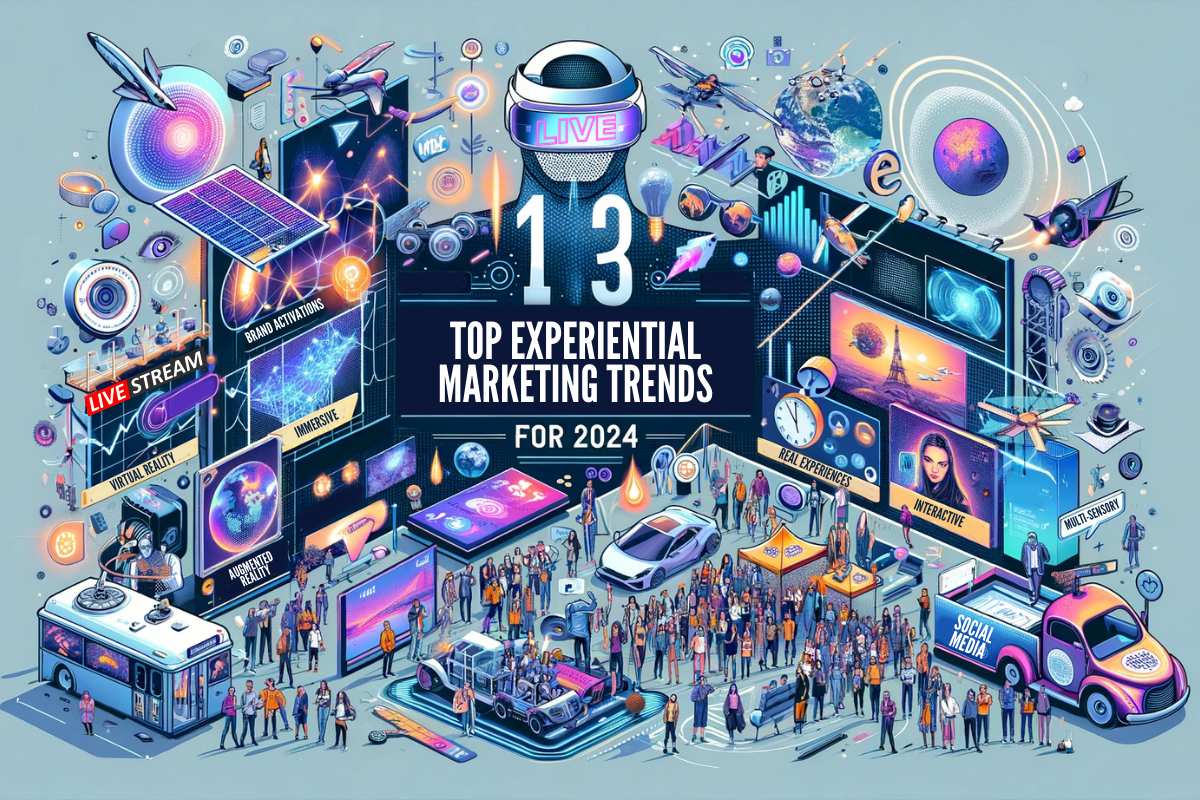
In the dynamic world of marketing, staying ahead is crucial. As 2024 begins, experiential marketing takes the cake, yet again, evolving to meet changing consumer...
In this article, we will look at how technology has changed experiential marketing campaigns, providing instances of its use, defining its benefits and drawbacks, and offering best practices for its application. We'll also take a look at forthcoming innovations and how they can impact the industry.
1. Introduction
2. The Evolution of Experiential Marketing
3. Technology in Experiential Marketing Campaigns
4. Best Practices for Integrating Technology in Experiential Marketing Campaigns
5. The Future of Technology in Experiential Marketing Campaigns
6. Potential Impact on the Industry
7. Conclusion
8. FAQS
Giving customers memorable and engaging experiences is the goal of the marketing strategy known as experiential marketing.
It requires creating captivating, immersive experiences that let clients interact with a company in more personal, meaningful ways.
The development of experiential marketing has been significantly influenced by technology. Brands are now able to design more engaging and immersive experiences that cater to their target demographic thanks to the development of digital technology.

We shall examine the part played by technology in contemporary experiential marketing initiatives in this post.
In traditional marketing, a product or service is promoted using direct marketing techniques including advertising and sales promotions.
Contrarily, experiential marketing places a strong emphasis on developing memorable experiences for customers.
Recent years have seen an increasing trend in the sophistication and targeting of contemporary experiential marketing initiatives. Technology is being used by brands to design more immersive, captivating, and specialized experiences for their target audience.
Businesses may now more easily collect and analyze data, optimize their campaigns, and make data-driven decisions to improve overall effectiveness thanks to technology.
Because of this, businesses looking to differentiate themselves in today's fiercely competitive market increasingly rely on technology in experiential marketing.
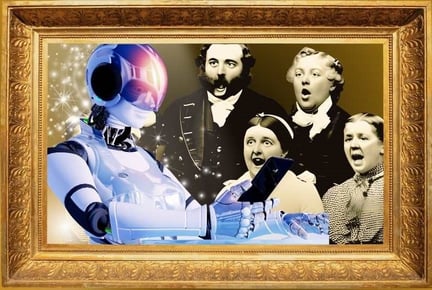
Modern experiential marketing has developed significantly as a result of technology.
Brands are now able to design more engaging and immersive experiences that are tailored to their target demographic through the development of digital technology.
The performance of firms' experiential marketing efforts may now be more easily measured thanks to technology.
Technology was utilized by Coca-Cola in its "Share a Coke" experiential marketing campaign.
The promotion entailed putting customized Coke bottles in stores with different names written on them. Additionally, customers could request customized bottles online.
Coca-Cola also made use of augmented reality (AR) technology for their holiday marketing campaigns, releasing an app that lets users scan the Coke bottle's label to view a 3D animation of a holiday-themed polar bear.
Customers' experiences became more engaging and individualized courtesy of this technology, which also increased brand engagement.
Technology integration into experiential activation efforts has several advantages.
The use of technology by brands can result in more immersive and interactive experiences that make a lasting impression on both current and potential customers.
In addition to these benefits, it can aid businesses in expanding their audience and enhancing campaign assessment.
Although technology has many advantages for experiential marketing initiatives, it also has several drawbacks that marketers must overcome, particularly in the face of shifting trends.
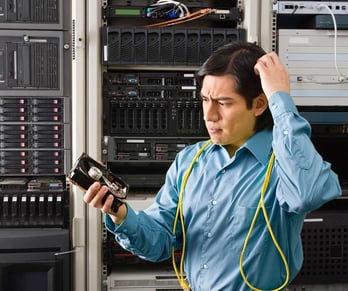
To ensure the success and efficiency of technology-driven experiences, it is essential to comprehend and overcome these difficulties.
Keeping up with the current technology advancements is one of the biggest challenges.
The technological environment is always evolving, so marketers must keep up with new trends to make sure they are utilizing the most relevant and effective solutions.
Marketers can make educated judgments about which technologies to include in their experiential marketing campaigns by staying up-to-date on developments like augmented reality, virtual reality, interactive displays, and social media integrations.
Another challenge lies in aligning technology trends with the preferences and capabilities of the target audience.
Marketers need to strike a balance between leveraging innovative technologies and considering the specific needs and preferences of their target demographic.
By understanding the trends that resonate with their audience, marketers can select and adapt technologies that enhance the overall experience and deliver maximum impact.
Budgetary constraints also play a role in navigating technology trends in experiential marketing campaigns.

Photo by Emil Kalibradov
Implementing cutting-edge technologies can be costly, but marketers can explore creative alternatives or partnerships to leverage trends without compromising their budget.
By assessing the cost-effectiveness and potential return on investment of various technologies, marketers can align their campaigns with current trends while staying within budgetary limitations.
Furthermore, staying ahead of data privacy and security trends is crucial when utilizing technology in experiential marketing.
As data protection regulations continue to evolve, marketers must prioritize privacy and security measures to safeguard consumer information.
Adhering to the latest trends in data privacy and implementing robust security protocols ensures that consumers feel confident in engaging with technology-driven experiences.
Lastly, staying on top of technological trends means continually evaluating and adapting strategies.
Marketers should regularly monitor industry trends and consumer preferences to identify new opportunities and make informed decisions about incorporating emerging technologies into their campaigns.
By embracing trends and proactively experimenting with new technologies, marketers can stay relevant, capture audience attention, and deliver engaging experiences that leave lasting impressions.
By proactively addressing these challenges and staying informed about technological trends, marketers can navigate the ever-evolving landscape of experiential marketing.
By leveraging the most relevant technologies, understanding audience preferences, and prioritizing data privacy and security, marketers can create compelling experiences that resonate with their target audience and drive success in today's fast-paced and trend-driven marketing environment.
It's crucial to have a thorough understanding of the target market before developing technology-infused experiential marketing initiatives.
To ascertain the tastes and interests of their target market, brands should carry out extensive research.
You must choose between two paths, qualitative or quantitative research.
Then you might organize focus groups to gain further insight.
The technical resources that a brand may use in its campaigns for experiential marketing should be carefully considered.

The experience must be memorable and interesting for the target audience, which requires the usage of the appropriate technologies.
The campaign's precise objectives, the target audience, and the available funding should all be taken into consideration while choosing the technology.
Brands should put their efforts into generating dynamic and interesting consumer experiences if they want to develop successful experiential marketing campaigns that use technology.
Virtual reality technology, interactive displays, and other cutting-edge techniques can be used to accomplish this.
Brands should employ a variety of techniques, such as social media metrics analysis, consumer feedback gathering, and sales data analysis, to assess the performance of technology-driven experiential marketing campaigns.
Brands can understand the reach and engagement of their social media initiatives with the aid of social media metrics.
Customer feedback can offer insightful information about the customer experience, and sales statistics can show changes in consumer behavior brought on by advertising.
Brands can use a combination of these techniques to make data-driven decisions that will optimize their upcoming campaigns and raise ROI.
The scope of potential applications for experiential marketing is continually expanding thanks to numerous new technologies.
According to predictions, the following technological advancements will significantly affect the sector:
Virtual reality is a rapidly developing technology that gives customers a completely new way to experience goods and services.
A headset can take consumers to a variety of other settings, which makes it perfect for experiential marketing initiatives.
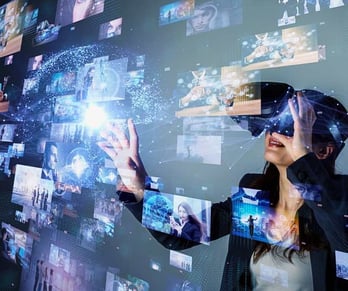
For instance, a vehicle manufacturer may employ virtual reality to let buyers take a test drive without ever leaving the dealership.
Another technology that is becoming more and more popular is augmented reality.
With augmented reality (AR), users can interact with goods and services in a new way by superimposing digital information on the actual world using a smartphone or tablet.
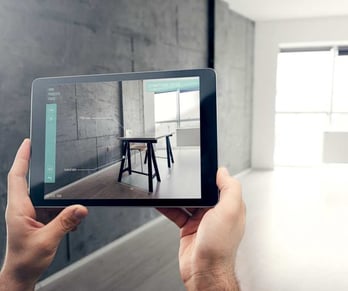
For example, a furniture store can use AR to allow customers to see what a piece of furniture would look like in their home before making a purchase.
To customize the experience for each unique customer, experiential marketing initiatives currently employ artificial intelligence.

For instance, a clothing retailer could utilize AI to suggest ensembles based on client preferences and previous purchases.
Experiential marketing is set to benefit even more from improvements in AI technology.
The next generation of mobile networks uses 5G technology, which provides higher download and upload rates along with lower latency and more dependable connections.
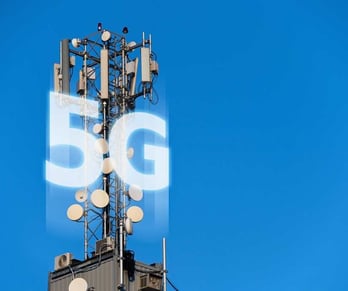
This technology will make it possible for experiential marketing efforts to be even more engaging and interactive, as well as make it seamless to stream live events and experiences.
A customer's experience can be tailored specifically to them using biometric technology like fingerprint and facial identification.
This approach can improve the personalization aspect of your campaign.
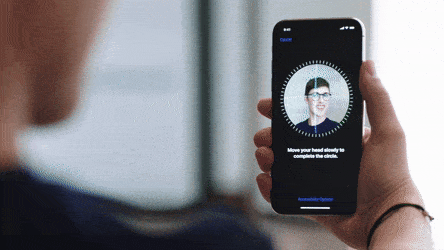
For instance, a music festival may utilize facial recognition to admit guests and provide tailored experiences based on their tastes.
Technology has undeniably transformed experiential marketing, and the new technologies covered in this article will continue to influence it.
Brands must stay current with new technology as the world gets progressively more digital to be relevant and competitive in the market.
Immersive technology, AI-driven personalization, and biometric data collecting have already revolutionized how brands interact with their audience, and the possibilities for the future are endless.
In conclusion, technology has significantly influenced how experiential marketing efforts have changed through time.
Stronger emotional ties between consumers and a company's products have been made possible by brands' ability to provide more interactive and engaging experiences for their audience.
As a result of the technology advancements, firms are now better equipped to understand their target markets and tailor their marketing strategies.

The future of experiential marketing appears more promising than ever as technology develops.
Brands will be able to provide their audience with more immersive, engaging, and tailored experiences if they can stay on top of emerging technology and incorporate them into their experiential marketing efforts.
However, it's imperative to understand that technology should always be used wisely and with consideration for the needs and preferences of the target audience.
Brands can develop genuinely distinctive and effective experiential marketing programs that increase brand loyalty and advocacy with the necessary technological resources and a thorough grasp of their target demographic.

Q: Where do I begin when implementing technology into my experiential campaigns?
A: Before anything else, it's critical to comprehend who your target market is and what technologies they presently use. Determine the types of interactive experiences you want to develop next, and then look into the technical tools that can support those objectives.
Q: What kind of problems might I run into when implementing technology into my campaigns?
A: The cost of installing and maintaining the technology, user disengagement, and technical issues with said technology are a few prevalent problems. Planning and putting emergency measures in place will help you deal with any complications that may arise.
Q: What are some examples of software that I can use to measure the effectiveness of the technology within my campaigns?
A: Software alternatives including event analytics systems, social media monitoring tools, and customer engagement platforms are all available for gauging the performance of experiential marketing efforts. Eventbrite, Hootsuite, and HubSpot are a few of the well-liked choices.
Q: How can I ensure that my technology-based experiential marketing campaigns are inclusive and accessible to all audiences?
A: When creating your campaigns, it's critical to take accessibility and inclusion into account. This entails considering issues like ensuring that your experiences are physically accessible to individuals with disabilities, offering substitute options for individuals who might not be able to partake in certain activities, and avoiding any potentially offensive or exclusionary content.
Q: How do I stay up to date with the latest technology trends in experiential marketing?
A: Attending industry conferences and events is one approach to keeping current because you may pick up new technical knowledge and network with other industry experts. You can also subscribe to relevant blogs and periodicals, participate in online forums and groups, and take advantage of alternative educational opportunities like webinars. It's critical to maintain an open mind and a sense of curiosity and to be eager to try out novel techniques and strategies in your campaigns.

In the dynamic world of marketing, staying ahead is crucial. As 2024 begins, experiential marketing takes the cake, yet again, evolving to meet changing consumer...
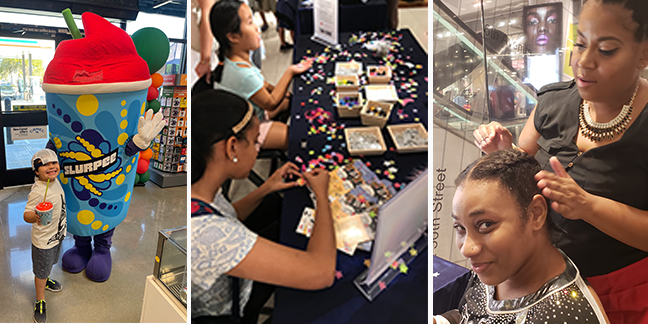
Experiential and event marketing is absolutely booming —